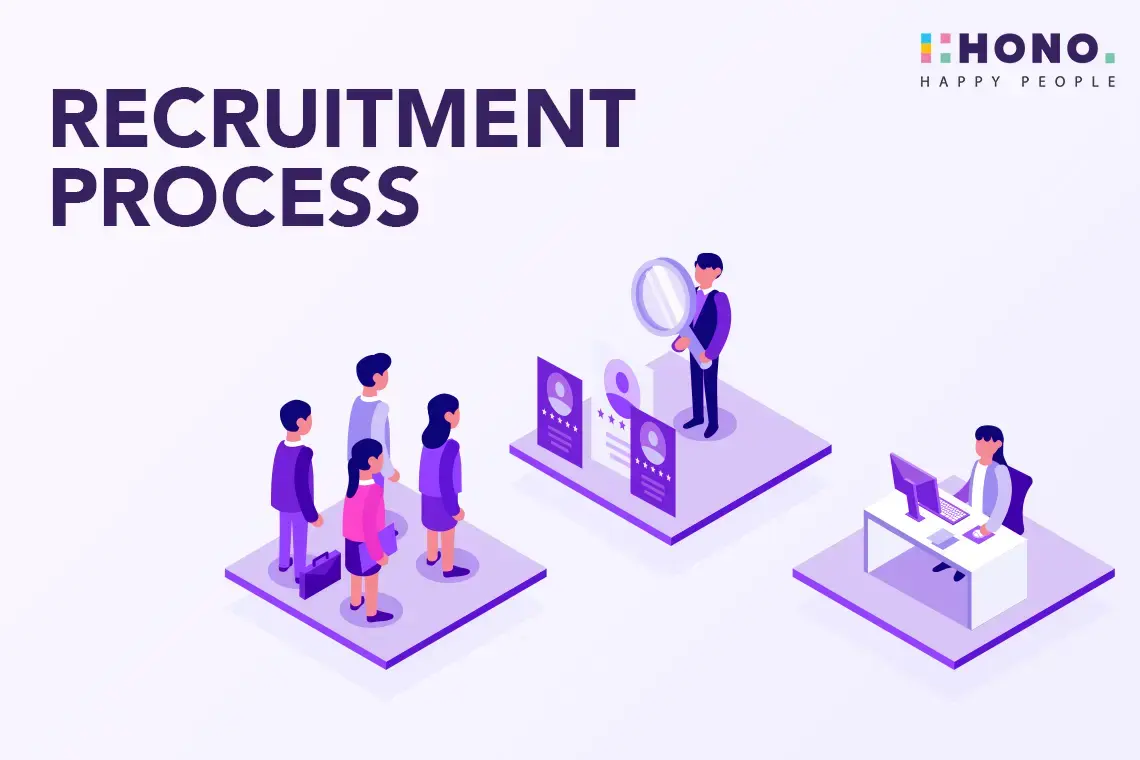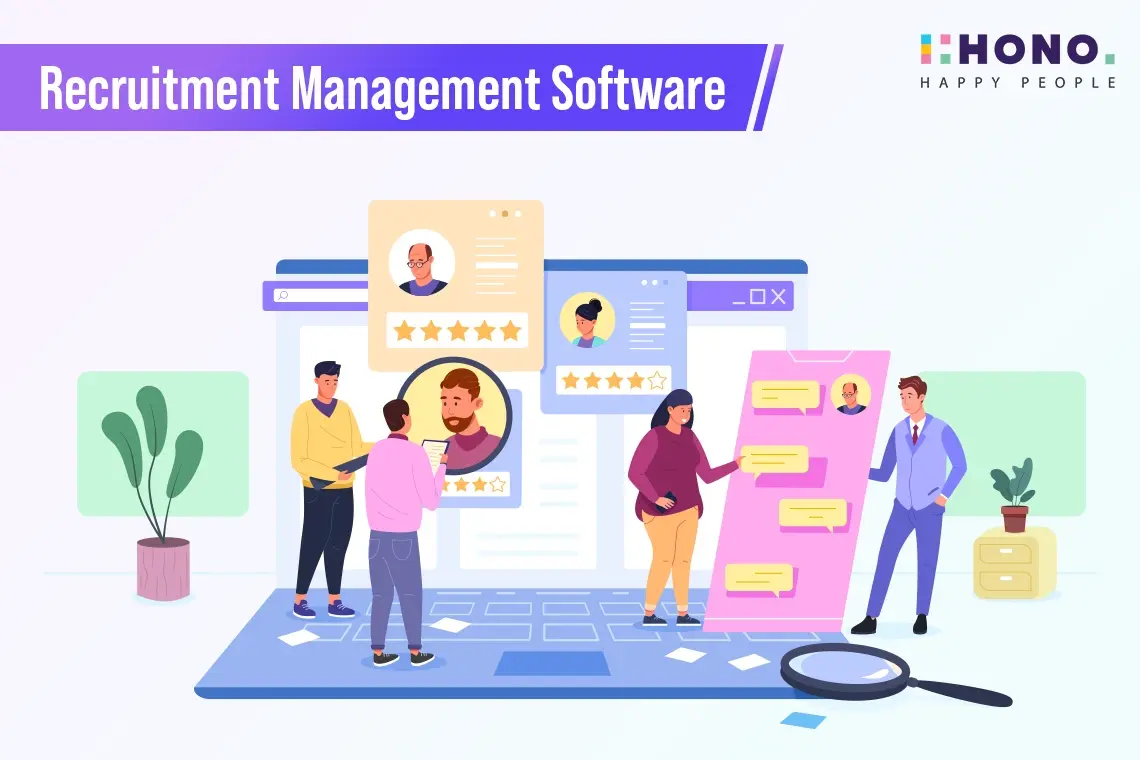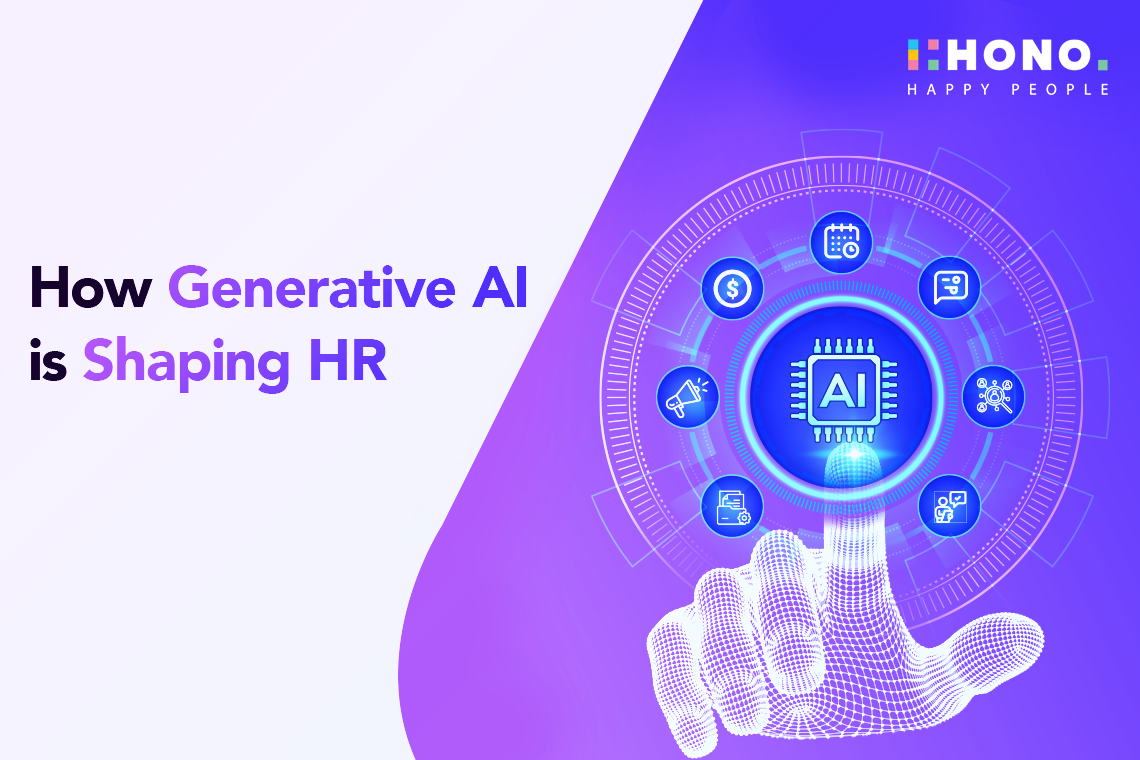According to a study by Gartner, companies with optimized recruitment processes are 1.5 times more likely to report outcomes that significantly outperform their competitors. The recruitment process steps in HR involve identifying needs, attracting talent, assessing and selecting candidates, and successfully onboarding them. Given that the average cost of a bad hiring decision can equal 30% of the individual's first-year potential earnings, as McKinsey reports, enhancing these steps is not just beneficial but essential.
Optimizing Your HR Recruitment Process for Maximum Efficiency
6 mins

Optimization in HR recruitment refers to refining these processes to reduce time-to-hire, enhance the quality of hires, and improve candidate experience—key factors that contribute to organizational success. The HR recruitment process steps that will be explored include streamlining job descriptions, leveraging technology like Applicant Tracking Systems (ATS), and adopting data-driven decision-making. Each step, from the initial process of HR recruiter to the final onboarding with software, plays a pivotal role in building a workforce that can uphold and propel the company's objectives. This blog will guide you through these critical steps, backed by industry insights, to transform your HR recruitment process flow into a strategic asset rather than just an operational necessity.
Understanding the Current Recruitment Process
Before enhancing the HR recruitment process, it's crucial to evaluate the existing framework. This assessment helps pinpoint inefficiencies and tailor improvements effectively. Start by conducting a thorough process audit. Engage with key stakeholders involved in the hiring phases—HR managers, recruiters, and even department heads—to gather diverse insights on the HR recruitment process steps. Focus on metrics such as time-to-fill, candidate satisfaction scores, and the quality of hire, which provide a quantitative basis for identifying bottlenecks. Common areas for improvement might include lengthy approval times, unclear role specifications, or inefficient sourcing techniques. Recognizing these hurdles is the first step toward streamlining your HR recruitment process flow.
1. Setting Clear Recruitment Goals
Defining clear, achievable goals is essential for optimizing the recruitment process steps in HR. Efficiency can mean different things for different organizations, but typically, it involves reducing hiring times, lowering costs per hire, and improving the quality of candidates. Align these goals with your overall business objectives to ensure that your recruitment strategy supports the company's long-term growth. For instance, if your business plans to expand into new markets, your recruitment goals might include hiring multilingual professionals or individuals with specific regional expertise. Examples of measurable recruitment goals include decreasing time-to-hire by 20% within a year or improving new hire retention rates by 15%.
2. Streamlining Job Descriptions and Postings
The clarity and quality of job descriptions significantly impact the success of the HR recruitment process. Write precise and engaging job descriptions that not only detail the responsibilities and requirements of the role but also reflect your company’s culture. This clarity helps attract candidates who are not only capable but also a good cultural fit. Best practices for job postings include using relevant keywords that potential candidates might use in their job search, ensuring your vacancies are easy to find. Moreover, leveraging SEO strategies can greatly enhance the visibility of your postings. For example, include common search terms such as "what is the recruitment process in HR" in your online listings to improve their search engine rankings, drawing more qualified candidates to your postings.
3. Improving Candidate Sourcing
A diverse set of sourcing channels enriches the HR recruitment process by attracting a wide range of candidates. Social media platforms, job boards, and recruitment agencies each play distinct roles. Social media allows for a more informal engagement and broadens reach, particularly among the younger demographic. Job boards remain fundamental in capturing actively searching candidates, while recruitment agencies can expedite the process especially for niche roles. The strategic building of talent pools facilitates quicker placements by maintaining a reservoir of pre-vetted candidates. Moreover, proactive sourcing techniques and headhunting are essential for targeting passive candidates who may not actively look for new roles but are perfect fits for the position.
Leveraging Technology in Recruitment
Technological advancements have revolutionized the HR recruitment process. Applicant Tracking Systems (ATS) are vital for managing applications efficiently, automating mundane tasks such as sorting resumes and scheduling interviews. This automation speeds up the HR recruitment process steps and reduces the administrative burden. Furthermore, emerging technologies like artificial intelligence are now being employed to enhance candidate matching processes by predicting suitability through pattern recognition and predictive analytics. These tools not only streamline the process of HR recruiter but also ensure a higher accuracy in matching candidates to job requirements.
Enhancing the Interview Process
An optimized interview process is pivotal in the recruitment process steps in HR. Structuring interviews to include a mix of behavioral questions and skill assessments can help ascertain both the competence and the cultural fit of candidates. Training interviewers and standardizing interview questions across the organization ensure consistency and fairness in the evaluation process. Additionally, incorporating video interviews can significantly cut down travel costs and time for both interviewers and candidates, streamlining the HR recruitment process flow while maintaining a personal connection with candidates.
Optimizing the Decision-Making Phase
Effective decision-making is critical in the HR recruitment process. Techniques such as structured scoring systems can aid in objectively evaluating candidates and simplifying comparisons. Providing timely feedback to candidates not only enhances the candidate experience but also boosts the organization's reputation. Moreover, ensuring compliance and fairness throughout the decision-making phase is crucial to uphold ethical standards and avoid legal complications.
Take a look at how mapping predictive analytics insights to decisions enable efficiency in recruitment and employee engagement.
.png?width=705&height=705&name=image_750x_1714756529_cc8c57c5fce11d6a5cc1%20(1).png)
Onboarding for Success
The onboarding process is an extension of the HR recruitment process and is instrumental in ensuring the long-term success of new hires. A streamlined onboarding process improves employee retention by effectively integrating new hires into the company culture and clarifying job expectations from the start. A checklist for a successful onboarding experience might include scheduled meet-and-greets with key team members, role-specific training, and regular check-ins. Collecting feedback throughout the onboarding process allows for continuous adjustments and improvements.
Continuous Improvement and Feedback
To maintain an effective HR recruitment process, establishing a feedback loop is essential. Continuous feedback mechanisms help in identifying areas of improvement and adapting strategies promptly. Utilizing data and analytics can provide insights into the efficiency of the recruitment process, helping HR professionals to fine-tune approaches and methodologies. Cultivating a culture of continuous improvement within HR can lead to sustained enhancements in recruitment strategies and processes.
Optimizing the HR recruitment process is a dynamic and ongoing effort. This blog has outlined essential steps and strategies that HR professionals can employ to enhance efficiency and effectiveness in recruitment. By continuously adapting and innovating, organizations can not only improve their hiring processes but also significantly contribute to their overall success. We encourage readers to reflect on these strategies, apply them in their contexts, and share their experiences and feedback for a collective learning journey.
Request a Demo Now
.png?width=70&height=70&name=Team%20HONO%20logo-01%20(1).png)
Team HONO
.png?width=705&height=177&name=image_750x_1714757246_edb952aa6f9fd719625f%20(1).png)







.jpg)
